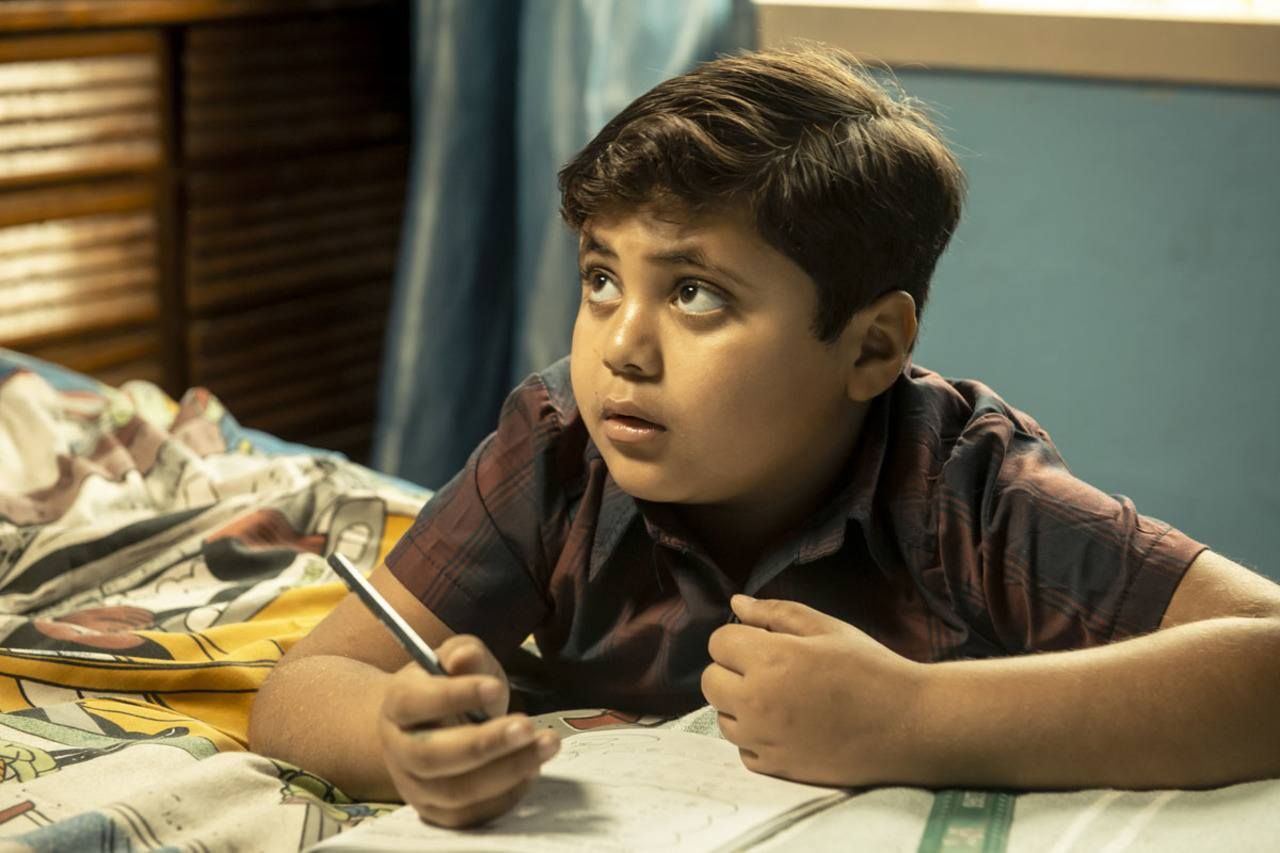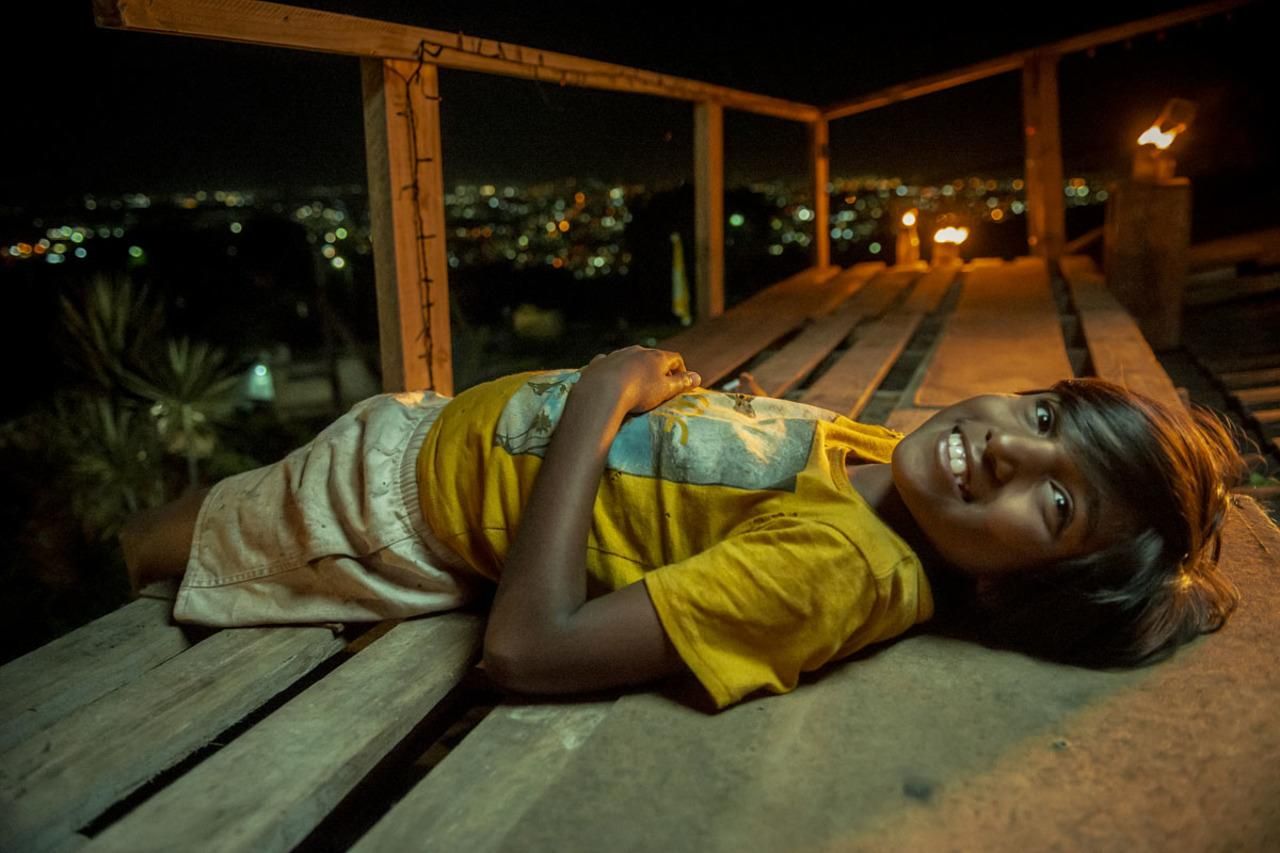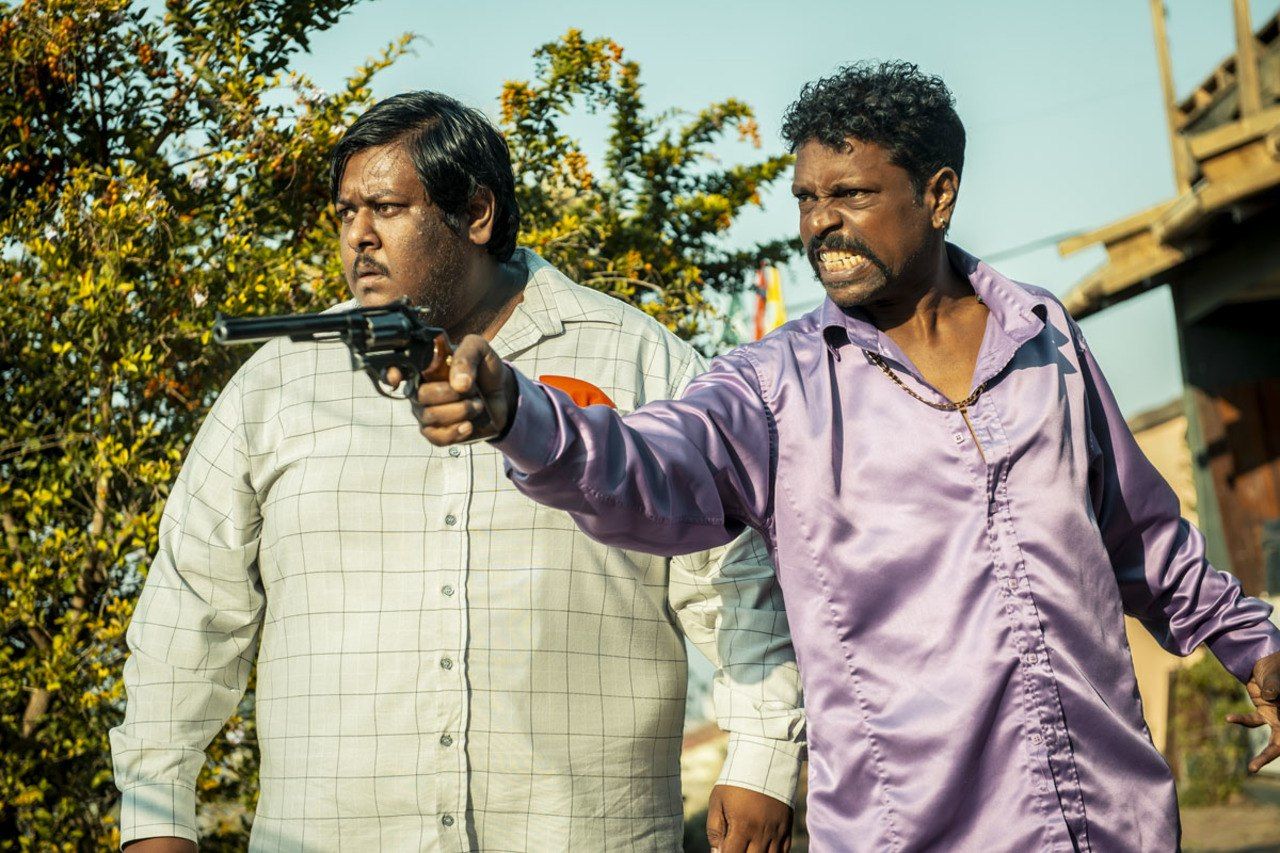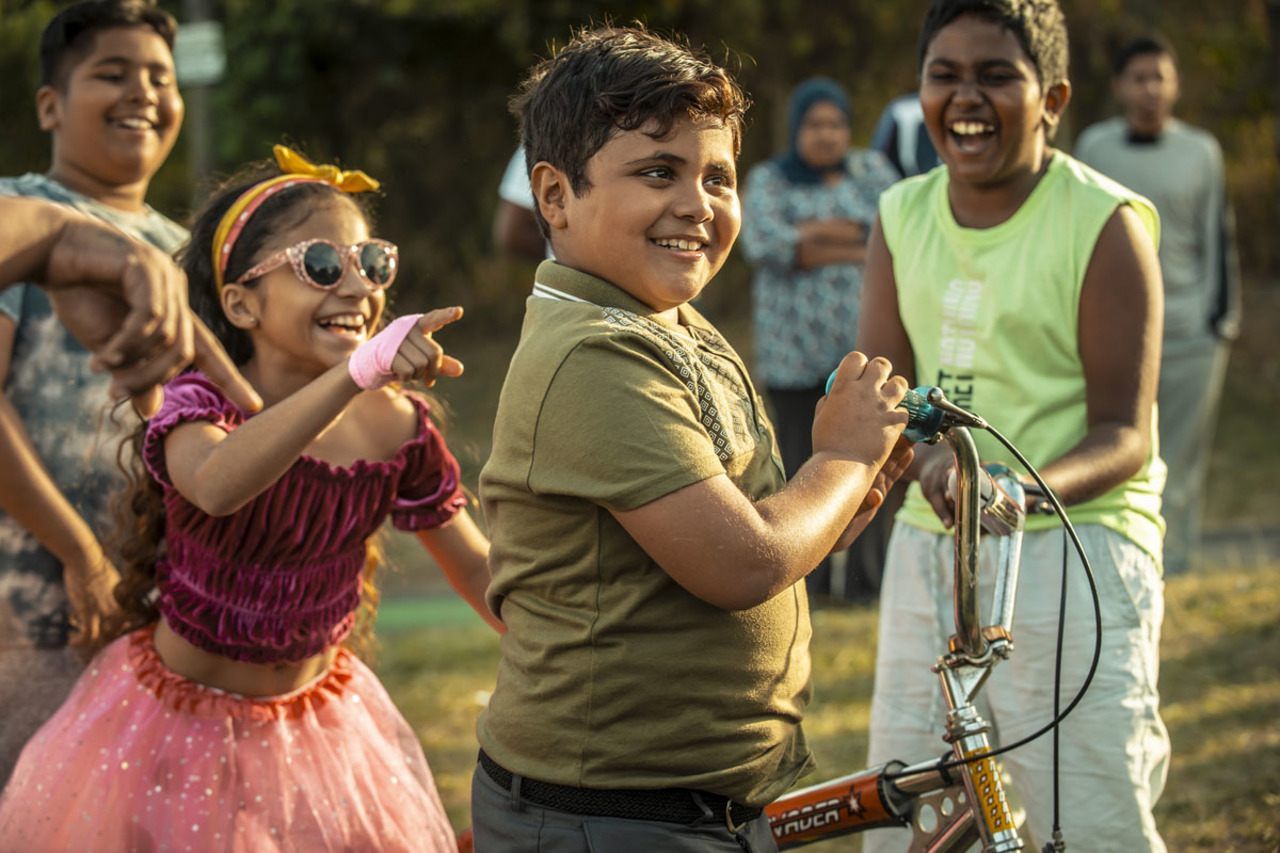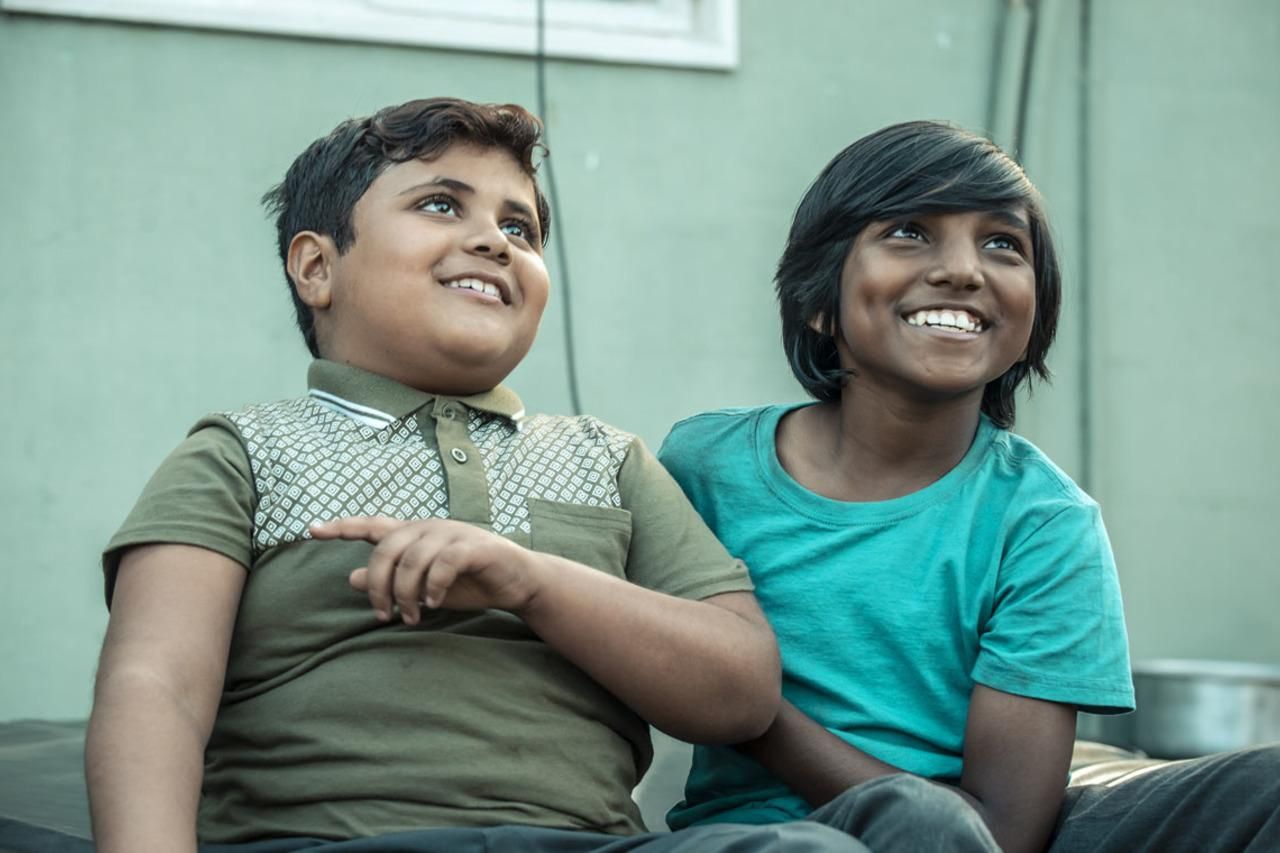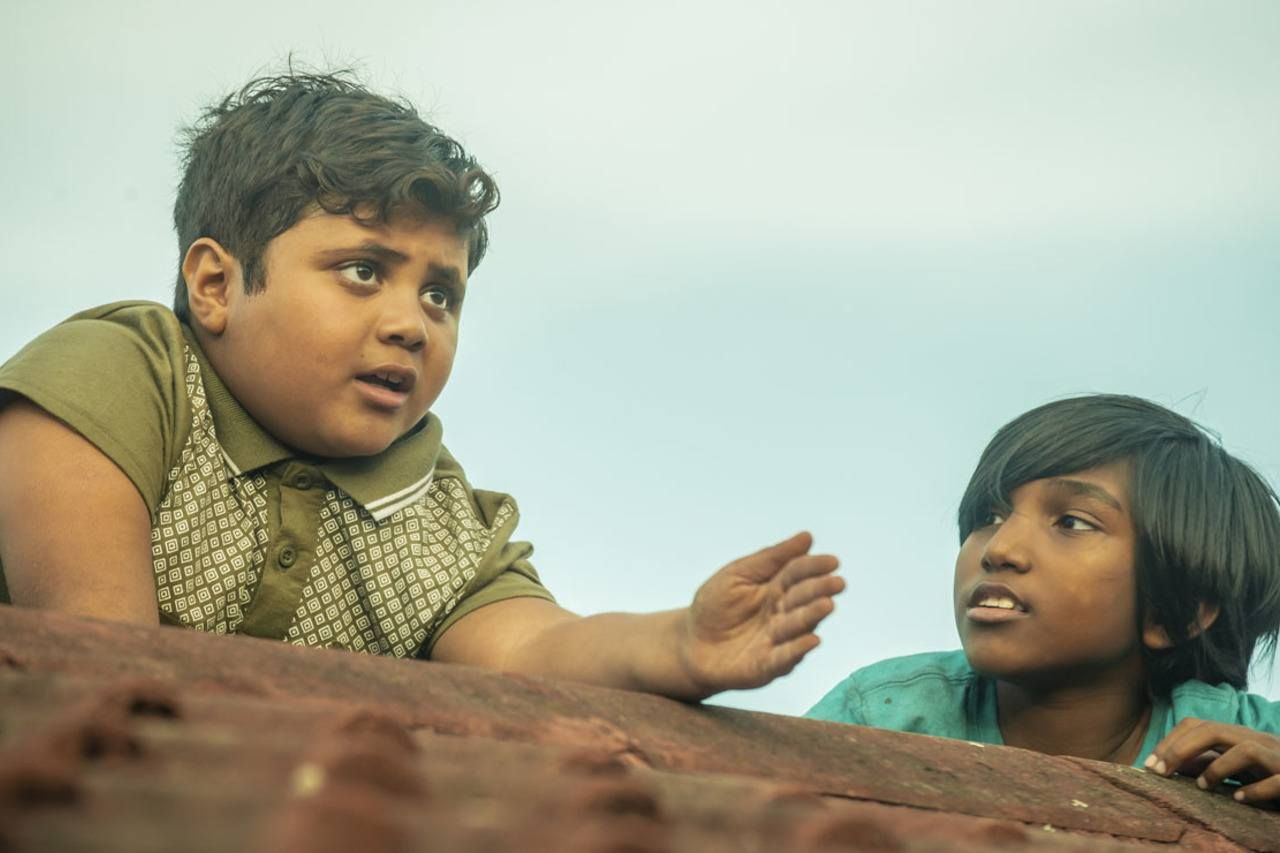- What inspired Kings of Mulberry Street?
Whilst pursuing a short filmmaking course in New York City, a lecturer who saw some potential in my work encouraged me to tell my own stories. He encouraged me to tell stories that were personal to me. At that stage I had no ideas brewing in my mind, but on the long flight back from the US the story ‘Kings of Mulberry Street' emerged. I dreamt up the characters of Ticky and Baboo – they were largely inspired by the weird and whacky kids I once knew growing up near a low-cost housing area. And being a strange kid myself, I could see myself in both those characters. The rich and colourful world of the Indian community in the ‘80s, as well as Bollywood cinema and songs from that era, provided the inspiration for this story.
- What did you find so charming about the Bollywood films of the ‘80s?
My personal experience with Indian cinema (not just Bollywood) goes back as far as I can remember. I did not have a particular fondness for Indian films, often my siblings and I watched them because my parents hired them to watch. We didn't speak the languages, there were no subtitles, but still we understood the films perfectly. As a treat during school holidays, my parents would hire three films for us – one in English, one in Hindi, and one in Tamil. Every now and again an Indian film would emerge that would have an impact, either because of the songs or the story. I remember lots of crying too, because the films were so moving. I was drawn to action and comedy films, especially ones in which the women literally kicked ass.
- How has your love of Bollywood films found expression in Kings of Mulberry Street?
I didn't realise what an impact Indian cinema had on my formative years until I started developing this film. It unleashed all my childhood memories and Bollywood often featured as the soundtrack to those early years.
- Why did you choose to build the story around two young boys and who inspired these characters?
My childhood and the playful fantasies of my nine-year-old self provided fertile soil. I was always a tomboy and I related best to boys at that age. I also knew kids who were really off the wall, funny, crazy boys, so I could vividly imagine these characters.
- Describe the casting process.
We had quite an extensive casting search for both the child actors and the adults. It took approximately six months, and I was very hands-on in the process. We found the Baboo character quite early in the casting process, although we only cast the role a couple of months later. However, we couldn't find Ticky. We had to go to public schools in KZN and we only found him after a really long process and many call backs. He happens to be from my home town of Verulam.
- Tell us about the Johannesburg/Durban culture clash in KoMS?
In the ‘80s you were a "big shot" if you came from Johannesburg. Jo’burgers spoke differently and some looked down on Durban people for being backwards. Jo’burgers were more broadminded and liberal. Durban was more conservative. It was also a time of segregation and Durban was made up of pockets of Indian communities who were themselves segregated.
- Why did you choose to shoot in Verulam?
The film is a homage not only to ‘80s Indian cinema but also to where I come from. I wanted to showcase a world that has not been featured in local cinema before and communities that have not been represented on the big screen. What better place than where I come from? Locations in Verulam and Tongaat together make up the fictional town of Sugarhill District. I have used the best and most cinematic locations from both these two little towns to create the vibrant world of the story.
- Describe the language and patois used in Kings of Mulberry Street?
Because the film is set in the late ‘80s, it has a certain ‘80s vibe. From set design to wardrobe and cars, everything stays true to the period. This includes the language, which is also specific to the community in which the story is set. It’s a unique blend of Indian and South African languages – a proudly South African concoction.
- No Indian film would be complete without at least one great dance sequence. How have you incorporated this element into Kings of Mulberry Street?
The film pays homage to ‘70s and ‘80s Indian cinema. It is not a Bollywood film but there are many aspects of Bollywood that have inspired the style and form of the story. I worked with a Durban-based choreographer and we auditioned dancers from all over KZN and selected a variety of age groups to feature in the film, from little ones to adults. We also worked closely with the community to include them in some of the dance routines and scenes. The lead child actors underwent an intense six-week acting and dance rehearsal period. It’s worth mentioning that during our casting process we ended up with seven options for the roles of Baboo and Ticky. At the final call I promised both the children and their parents that those who were not selected would still feature in the film – in the dance sequences and in bit parts. All the kids are present in the big dance number. They are all talented and deserve to have exposure.
- Describe the film’s soundtrack and who you brought on board to handle this aspect?
The soundtrack also pays homage to Indian cinema and to my hometown. I wanted to fuse African musical influences of my childhood with certain culturally specific sounds that were significant to Indian communities. Audiences are treated to some legendary Bollywood songs. The film needed a vibrant score reflective of the times and the community it represents. Composer Brendan Jury and I collaborated with Neville Pillay to create an original track for the film.
Kings of Mulberry Street is in cinemas now.
Watch the trailer here.

